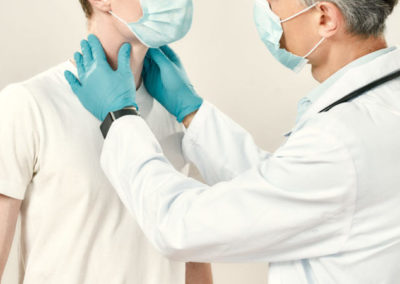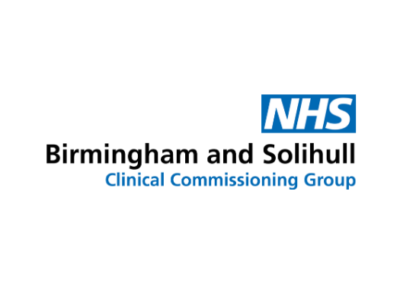‘Give the app a try, and you will see the benefits from day one for GPs, nurse practitioners, patients and Secondary Care.’ – Dr Weaver.
We spoke to clinicians in Primary Care across different ICBs to learn how Rheumatology Advice & Guidance benefited them and their patients.
Dr Weaver, a GP in Somerset ICB, uses the Consultant Connect App to speak to specialists at local trusts. Before using the Consultant Connect App, Dr Weaver explained that he would get specialist advice by telephone, which often meant waiting on hold or just referring. Dr Weaver finds Consultant Connect to be a better tool because:
‘It gives direct access to consultant-level advice. It saves a huge amount of time both for the GP and the consultant. I am often able to sort out a problem there and then during a consultation with a patient as a result. It also saves the specialist admin time answering written advice and guidance or finding clinic slots for things that can be sorted over the phone.’
Drs Weaver and Rowley-Conwy provide the following advice to those who are unsure of using the service:
‘Give it a try, and you will see the benefits from day one for GPs, nurse practitioners, patients, and specialists. It has also increased my knowledge by getting rapid feedback on challenging cases when in the past I would not see a clinic letter for many weeks afterwards.’
‘It was easy to get through, and a few minutes on the phone meant that we could work in an integrated way across Primary and Secondary Care. Together, we can deliver good quality care to vulnerable patients.’
Dr Emma Rowley-Conwy is a GP in South East London ICB and has access to Telephone Advice & Guidance from Guys’ and St Thomas’, and King’s College Hospital. Dr Rowley-Conwy provided us with an example of when a recent clinical issue prompted her to use the service with a patient:
Patient Examples
Dr Rowley-Conwy:
‘An elderly patient with swollen lower legs and joint pain presented, and a registrar at the surgery referred him to the Musculoskeletal Team and arranged bloods. I saw the patient with his blood results which showed a strongly positive rheumatoid factor and raised ESR. I did an early arthritis referral form and started him on anti-inflammatories and furosemide. However, I was concerned about the diagnosis due to the atypical presentation of acute rheumatoid arthritis. At a review ten days later, he was still incapacitated and had quite a severe swelling in his lower legs, despite the furosemide. It wasn’t clear from his records what appointments he had attended. I also felt nervous as to whether I was making an accurate diagnosis. I spoke to a rheumatology consultant at Guys’ and St Thomas’, who confirmed that they were seeing the patient the following week. The consultant reviewed the blood results and confirmed a likely diagnosis of rheumatoid arthritis and advised they would most likely give the depomedrone injection and consider DMARD. I relayed this information to the patient and his family, alleviating some anxiety. I saw the patient again after his rheumatology appointment, and there was a dramatic improvement. Speaking to the consultant made me feel confident to continue supporting the patient, meaning he knew what was likely to happen. The patient had a chance to read the preparatory patient information so he could make an informed decision regarding starting a DMARD in that first outpatient appointment.’
Dr Weaver:
‘I saw an elderly gentleman with symptoms suggestive of polymyalgia rheumatica. However, it was an atypical presentation, and I was concerned that I might be missing something (such as underlying cancer). Knowing that a referral could take several weeks, I was unsure whether to initiate treatment, await further tests, or refer. I called the Rheumatology Team via the Consultant Connect App. I discussed the case with the senior registrar, who advised me on what tests to organise, when to initiate treatment and a detailed steroid-reducing regime. The registrar explained all the details that would have been arranged at the first clinic appointment, so I could get the ball rolling before the patient was seen. This was a better outcome for the patient, who could get the right treatment quickly. Telephone Advice & Guidance left the patient and me feeling very satisfied with the outcome.’





